There are many units of measurement, metric and imperial, that I am very familiar with. But lumens is such an ephemeral value that shopping for lighting becomes very confusing. Lumens are a measurement of brightness. The more light a bulb puts out, the more lumens and power. As there is no “one size fits all” solution for lighting, there’s a lot of math and a bit of art to determining what lighting is appropriate for a space.
Normally, the RV manufacturer has already made all these decisions as part of the manufacturing process. Fixtures and wiring area default parts of any build. Yet, like every aspect of our truck camper build, we are lighting out camper from scratch. That means we can take most any approach we want. But like any electrical consideration in the RV, there is a balance to strike. LEDs are incredibly efficient, but they do consume power, and finding the “just right” amount of light is a balancing act.
Room Types and Foot Candles
Fortunately, there are professionals who have already tackled the “how much light” question. Unfortunately, the answer is “it depends.” What does it depend on? Well, square-footage and how intense the light should per per square foot. A living room is a casual space that should have softer lighting than a kitchen or office. These different amounts are measured in foot candles: how bright a light is when standing a foot away. Luckily, I stumbled on this table that breaks down the standard number of foot candles by room type.
| Room Type | Light Intensity (foot candles) |
|---|---|
| Workspace | 80-100 |
| Kitchen Counter Top | 70-80 |
| Bathroom | 70-80 |
| Home office | 60-80 |
| Dining Room | 30-40 |
| Kitchen | 30-40 |
| Dining Room | 30-40 |
| Living Room | 10-20 |
| Bedroom | 10-20 |
| Hallway | 5-10 |
But, what about when your bedroom, kitchen, living room, and office are all the same space? Well, that’s generally what a dimmer switch is good for. So, our first step is to determine what is the greatest number of lumens we might want. That will be the specs to which we build. Then, the key is to select a variable lighting solution that allows us to dim the lights according to the occasion.
Calculating Lumens
Once you know your room’s square footage and room type, it is a matter of very simple math to calculate the desired lumens in a room. Simply multiply the rooms square footage and the desired number of foot candles. Our camper’s square footage is 120. But it is better to break it down into three specific spaces: the “bedroom” (or cabover), bathroom, and living area. With that, we also want to break down the general living space into three additional zones: Counter, Hall, and Table. The Counter and Table will be lit for counter top / office intensity while the hall will have the much less intense lighting.
| Room | (zone) | Light Intensity (foot candles) | Room Size (square foot) | Lumens |
|---|---|---|---|---|
| Bedroom | 10-20 | 45.5 (7’x6.5′) | 455-910 | |
| Bathroom | 70-80 | 10.5 (3.5’x3′) | 735-840 | |
| Living Room | Counter | 70-80 | 7.5 (1.5’x5′) | 525-600 |
| Hall | 10-20 | 20 (2’x10′) | 200-400 | |
| Table | 60-80 | 24.5 (3.5’x7′) | 1470-1960 |
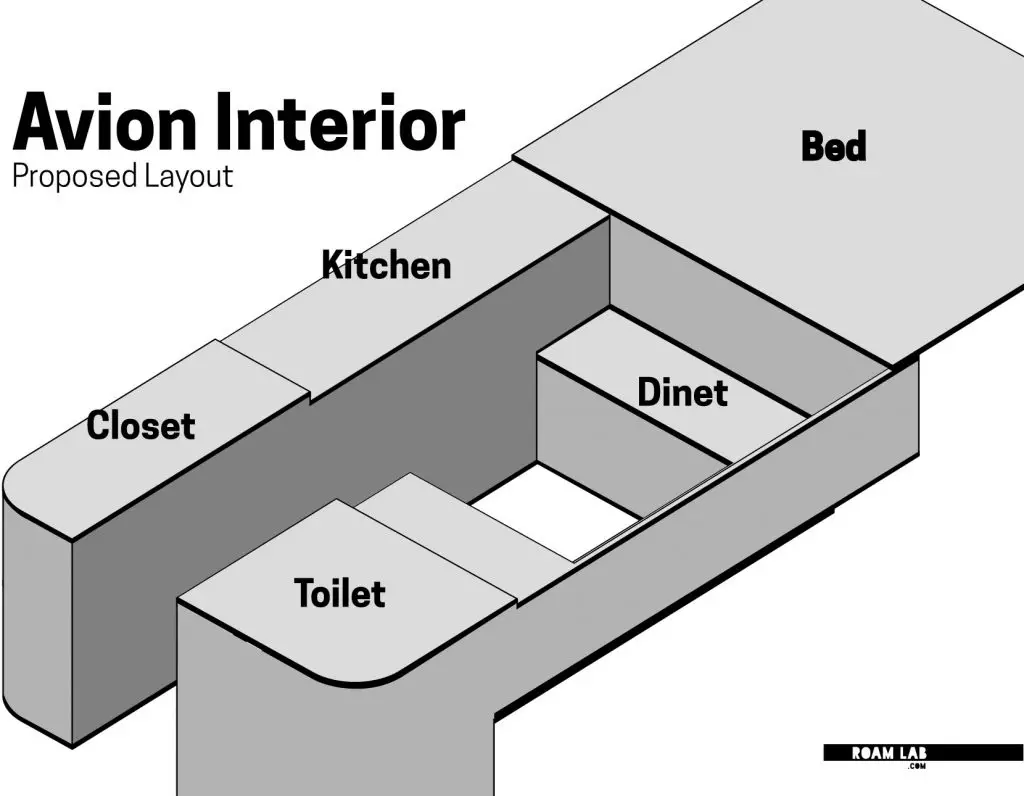
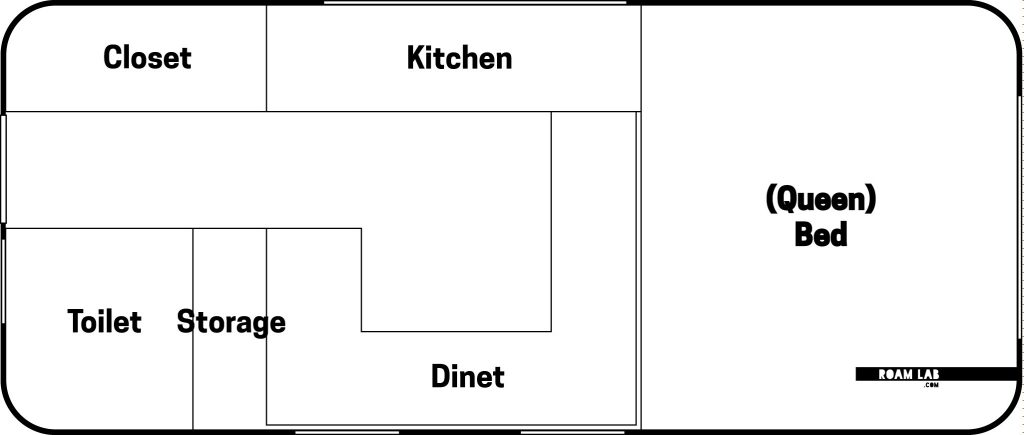
How Many Lights?
Now that we have a total number of lumens to reach, it’s a matter of selecting a light fixture the provides that amount of light. We are using a combination of puck lights, light bars, and light fixtures to illuminate the space. In the bathroom, we just want one light fixture that meets our needs while the counter and table zones will have multiple puck lights to generate the desired number of lumens.
| Room | (zone) | Room Lumens | Fixture Lumens | Number of fixtures/feet |
|---|---|---|---|---|
| Bedroom | 455-910 | 210 | 2 | |
| Bathroom | 735-840 | 550 | 1 | |
| Living Room | Counter | 525-600 | 140 (puck) | 4 |
| Hall | 100-200 | 59 (bar)* | 20 (feet)* | |
| Table | 1470-1960 | 170 (puck) | 10 |
Things get a little interesting when we start looking at the number of puck lights for the table zone. I’m planning to mount the puck lights on the underside of the overhead storage boxes which line both sides of the camper (think of the overhead storage on a plane). Now, that will work very well for the kitchen counter and the portion of the table right under the pucks. But that only covers half of the table space. Not to mention, 10 puck lights on a small area doesn’t makes sense. Instead, we’ll allocate some of that responsibility to the hall lights. After all, in looking at the strip lighting I want to use in the hall, I cannot find an option with low enough lumens for my original arrangement. So, we’ll take the lowest lumen option available for the hall (59 lumens per foot at 20 feet) and take that out of the table requirements.
| Zone | Ideal Room Lumens | Fixture Lumens | Number of fixtures/feet | Actual Room Lumens |
|---|---|---|---|---|
| Hall | 100-200 | 59 (bar)* | 20 (feet)* | 1180 |
| Table | 1470-1960 | 170 (puck) | 4 | 680 |
How Much Power Do They Need?
Now here’s a surprise! We have looked at a lot of different RVer’s notes when calculating power consumption. Lights are treated as some afterthought. Something to be handwaved away. Afterall, they are LEDs! Supper efficient, no? And yes, all things considered, they are quite effecient, but not nearly as effecient as a lot of tables would suggest. So, here we go: the actual wattage.
Each of these zones have their own switch, so the amount of power consumed by each depends on how much time we spend in each of these areas. To get the average watts consumed in the camper, we’ll multiply the wattage of each fixture by the number of fixtures. That will return the total number of watts per hour a room draws when in use.
| Room | (zone) | Light (watts) | Light (volts) | Light (amps) | Number of fixtures/feet | Total (watts/hour) |
|---|---|---|---|---|---|---|
| Bedroom | 2.2 | 12 | 0.18 | 2 | 4.4 | |
| Bathroom | 8 | 12 | 0.67 | 1 | 8 | |
| Living Room | Counter | 1.7 | 12/24 | 0.14/0.07 | 4 | 6.8 |
| Hall | .7 | 24 | 0.03 | 20 (feet) | 14 | |
| Table | 2 | 12/24 | 0.6/0.083 | 4 | 8 |
Next step is to calculate average power consumed by lights over a 24 hour day. For this, we multiply a rooms wattage by the number of hours a day that room is in use and then add those totals together. Remember, we have a lot of windows and work with computers, so these lights are almost exclusively used in the early morning or at night when there is not natural light to use. While we work 12 hour days, we generally only need lights for three of those hours.
| Room | (zone) | Watts/hour | Hours | Total (Watts/day) |
|---|---|---|---|---|
| Bedroom | 4.4 | 1 | 4.4 | |
| Bathroom | 8 | 1 | 8 | |
| Living Room | Counter | 6.8 | 1 | 6.8 |
| Hall | 14 | 3 | 42 | |
| Table | 8 | 3 | 24 | |
| Total | 85.2 |
And there you have it! 85.2 watts of power used per day. Of course, this amount is variable. Winter days are shorter and require more light than summer days. Evenings that we spend out of the camper will also require less light. But with this number, we can not move on to our next big task: calculating the power consumed over an average work day in the camper.
Have you calculated how much power and light is in your camper? Would you change your lighting? Let us know in the comments!


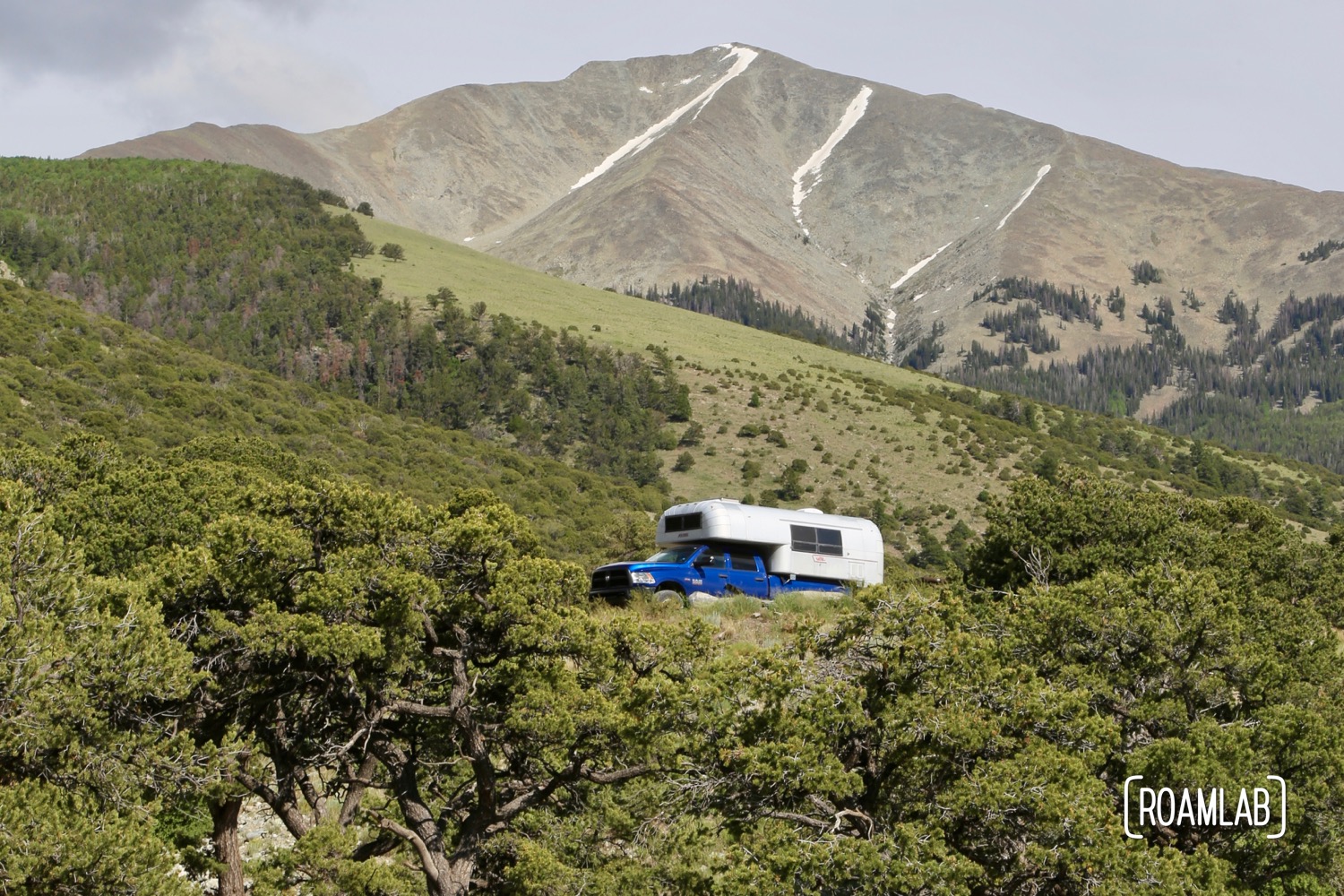
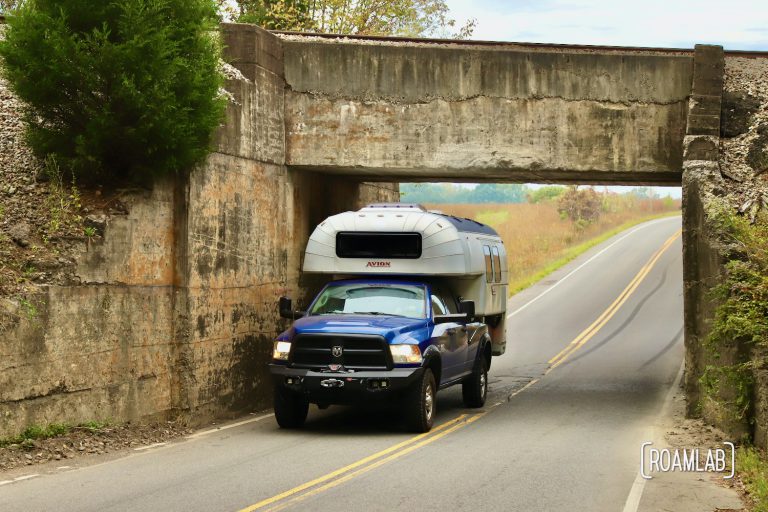
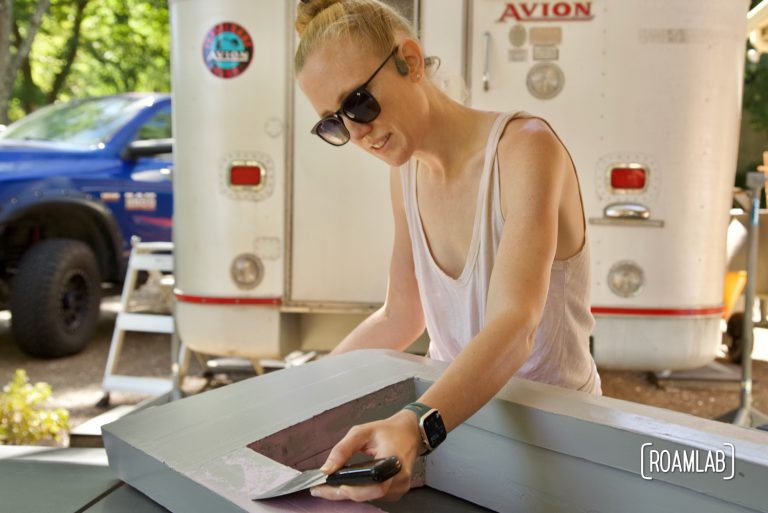
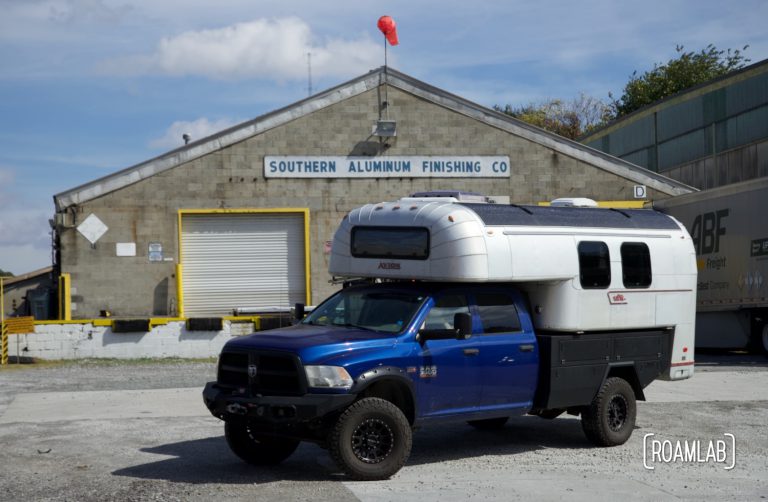
Thanks for posting this. Simple, clear and concise. Just what i was looking for
We are happy to share what we have learned!